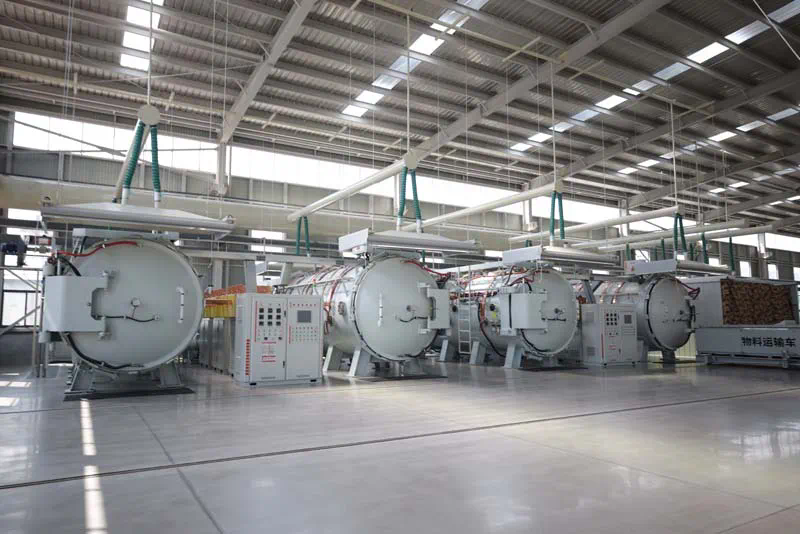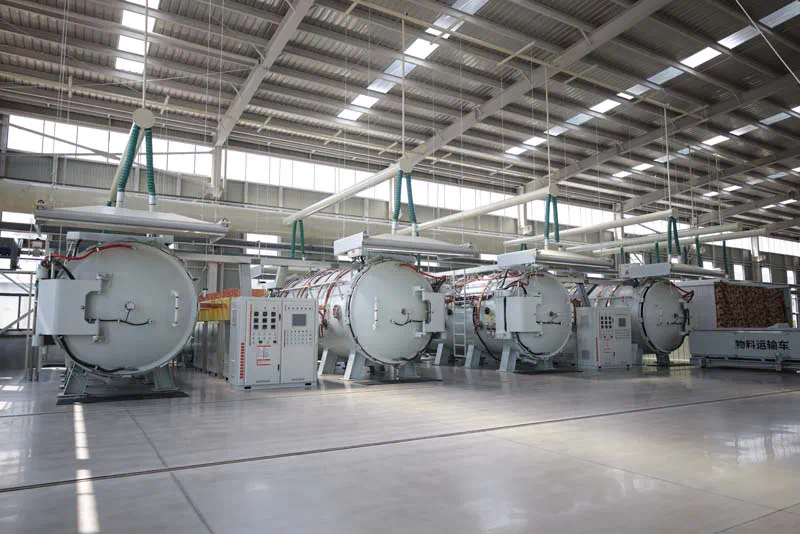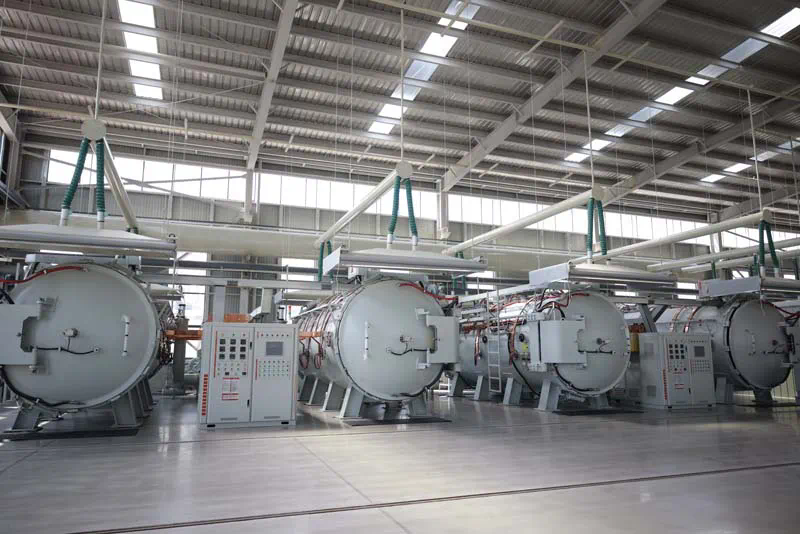In the realm of 5G communication technology, Silicon Carbide (SiC) emerges as a crucial material with transformative potential. SiC, a compound of silicon and carbon, has garnered significant attention due to its exceptional properties that are highly beneficial for enhancing the performance and efficiency of 5G networks. This article explores the myriad ways in which Silicon Carbide contributes to advancing 5G technology, from its physical properties to its applications in power electronics and beyond.
Properties and Structure of Silicon Carbide
Silicon Carbide is renowned for its unique combination of properties that make it an ideal candidate for applications in high-power electronics, telecommunications, and beyond. Its crystal structure, a blend of silicon and carbon atoms in a tetrahedral lattice, results in remarkable physical and electronic characteristics. Unlike traditional semiconductors like silicon, SiC exhibits higher thermal conductivity, allowing it to operate efficiently at elevated temperatures, which is critical for 5G infrastructure.

Enhancing Power Efficiency in 5G Networks
One of the most significant advantages of Silicon Carbide in 5G technology lies in its ability to improve power efficiency. As 5G networks require higher frequencies and data rates compared to previous generations, power electronics play a pivotal role in maintaining network reliability and performance. SiC-based power devices enable higher voltage operations and lower switching losses, thereby reducing heat dissipation product and enhancing overall energy efficiency in 5G base stations and network equipment.
Applications of Silicon Carbide in 5G Infrastructure
The integration of Silicon Carbide extends across various components of 5G infrastructure, influencing both network efficiency and reliability. In radio frequency (RF) power amplifiers, SiC transistors facilitate higher efficiency and power density, enabling smaller and more robust equipment designs. Moreover, SiC’s ability to withstand higher operating temperatures ensures reliability in harsh environmental conditions, crucial for outdoor installations and telecommunications equipment deployed in diverse climates.
Enabling High-Frequency Operation
The advent of 5G technology demands components capable of operating at significantly higher frequencies than previous generations. Silicon Carbide’s superior material properties enable the development of RF devices that operate efficiently at frequencies exceeding 100 GHz. This capability is pivotal for achieving the What are silicon silicide specialty ceramics ultra-fast data rates and low-latency communications promised by 5G networks, supporting applications ranging from autonomous vehicles to real-time augmented reality.
Impact on Semiconductor Industry and Innovation
Beyond its direct applications in 5G communication, Silicon Carbide’s emergence has spurred innovation within the semiconductor industry. Companies and research institutions worldwide are investing in SiC-based technologies to harness its potential in power electronics, photonics, and quantum computing. The scalability of SiC manufacturing processes and ongoing advancements in material quality contribute to its growing adoption across diverse technological domains, positioning it as a cornerstone of future telecommunications infrastructure.
Challenges and Future Outlook
Despite its promising attributes, the widespread adoption of Silicon Carbide in 5G communication faces several challenges. These include the complexity of manufacturing high-quality SiC substrates, cost considerations associated with production scalability, and integration challenges in existing semiconductor fabrication processes. However, ongoing research and development efforts aim to address these hurdles, paving the way for broader deployment of SiC-based technologies in next-generation telecommunications systems.
Conclusion
In conclusion, Silicon Carbide represents a paradigm shift in the evolution of 5G communication technology. Its unique combination of superior electrical properties, thermal conductivity, and high-frequency operation capabilities positions SiC as a key enabler of enhanced performance, efficiency, and reliability in 5G networks. As global demand for faster, more reliable wireless communications continues to grow, Silicon Carbide is poised to play a pivotal role in shaping the future of telecommunications infrastructure worldwide.
By leveraging the transformative potential of Silicon Carbide, stakeholders in the telecommunications industry can unlock new opportunities for innovation and deliver on the promise of a connected, digitally empowered future through robust and efficient 5G networks.
https://smartfactoryinsights.com/



